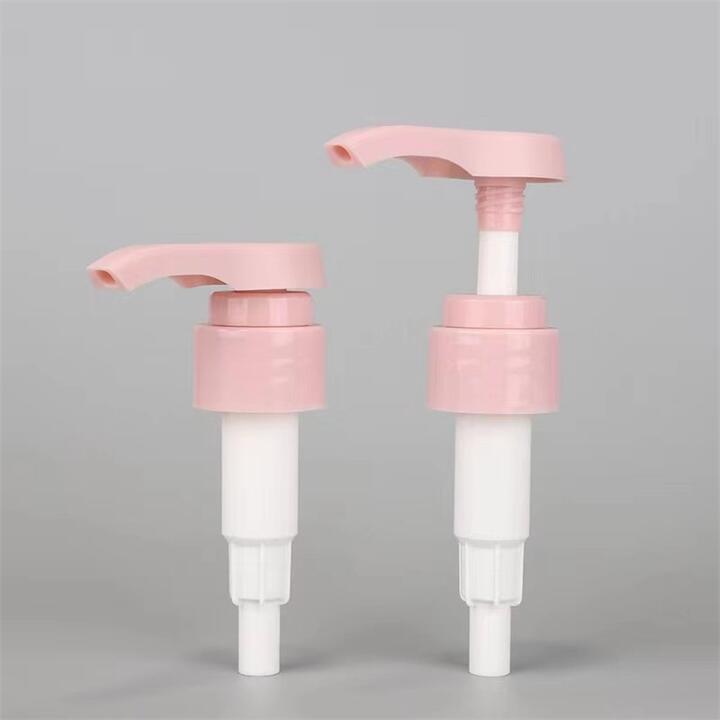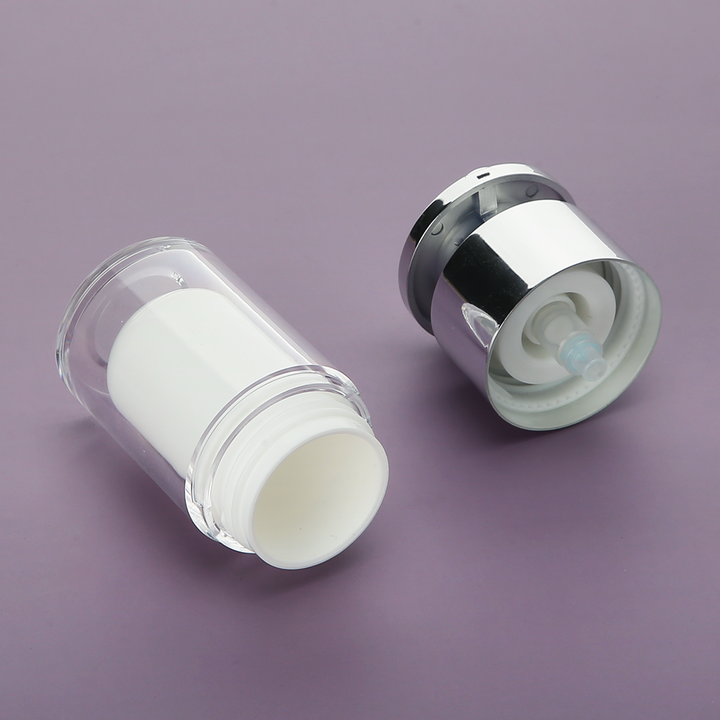What Is the Difference Between a Lotion Pump and an Airless Pump?
April 07, 2025
When sourcing packaging for cosmetics or skincare products, understanding the difference between lotion pumps and airless pumps ensures you choose the right solution for your brand. Both are popular for dispensing liquids, but their designs and functionalities vary significantly.
Lotion Pumps
Lotion pumps are traditional dispensing systems with a dip tube that draws product from the bottle. When pressed, the pump mechanism releases a measured amount of liquid (e.g., lotions, serums). They require air to replace the product as it's dispensed, which exposes the formula to contaminants and oxidation.
1. Pros: Affordable, ideal for low-viscosity products.
2. Cons: Not airtight; shorter shelf life for sensitive formulas.
3. Best for: Brands seeking wholesale lotion bottles with pump for everyday products like hand sanitizers or body lotions.

Airless Pump
Airless pumps use a vacuum mechanism—no dip tube. Instead, a piston at the bottle’s base rises as product is dispensed, preventing air exposure. This design maintains formula integrity and reduces waste.
1. Pros: Preserves sensitive ingredients (vitamins, antioxidants), hygienic, premium look.
2. Cons: Higher cost, limited to thicker formulas.
3. Best for: Airless pump bottles wholesale buyers targeting luxury skincare or anti-aging serums.

Key Differences
1. Air Exposure: Lotion pumps allow air in; airless pumps are sealed.
2. Formula Protection: Airless bottles better protect delicate ingredients.
3. Cost: Lotion pumps are budget-friendly; airless systems cost more.
4. Viscosity: Airless pumps handle thicker creams; lotion pumps suit watery textures.
Why Choose Wholesale Options?
Purchasing empty airless pump bottles or lotion pumps in bulk cuts costs for startups and established brands alike. Airless bottles are ideal for high-value products, while lotion pumps suit budget lines.
